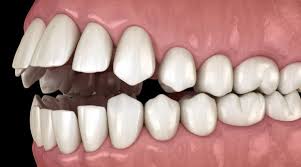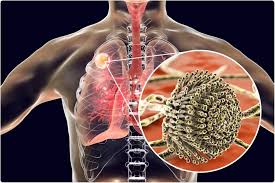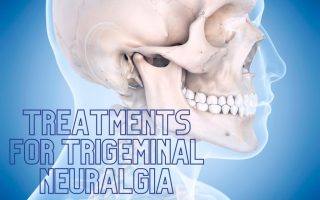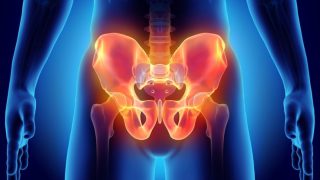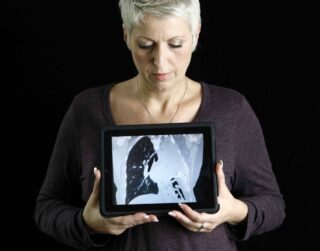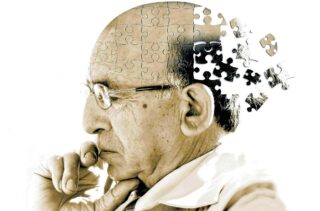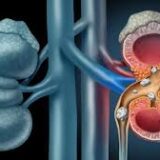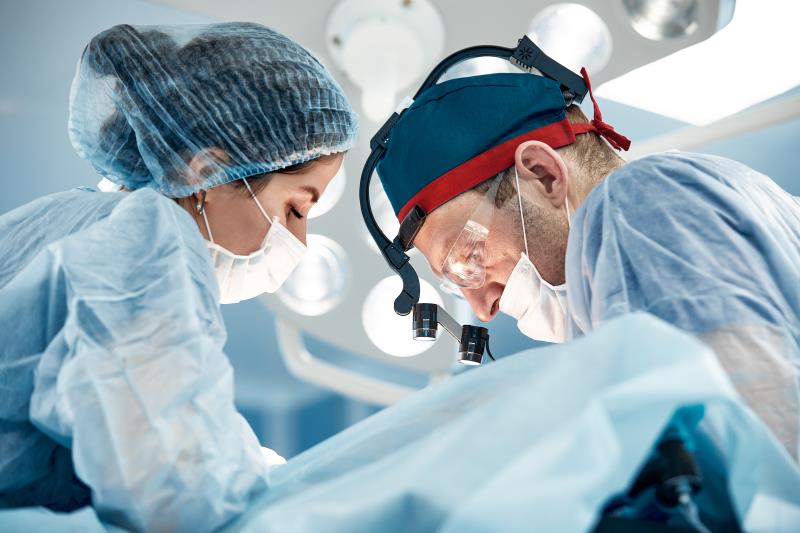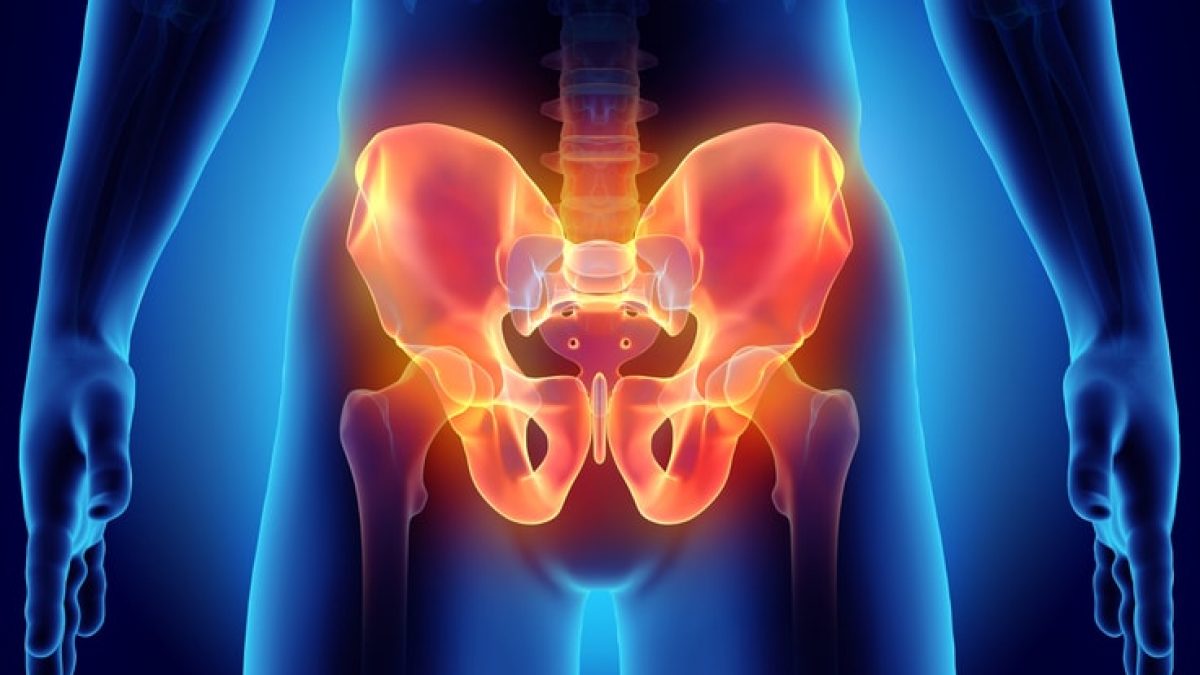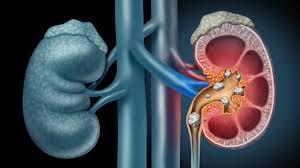
Latest news
A recent breakthrough in the diagnosis of Alzheimer’s disease was unveiled at the Alzheimer’s Association International Conference (AAIC) 2023. This exciting study introduces a potentially revolutionary development in the diagnosis and monitoring of Alzheimer’s disease, with a strong focus on the keyword “diagnosis of Alzheimer’s disease.
Pioneering Research for diagnosis of Alzheimer’s disease :
This study suggests that a straightforward finger-prick blood test could accurately detect vital Alzheimer’s disease (AD) biomarkers, including amyloid and other markers such as neurofilament light (NfL), glial fibrillary acidic protein (GFAP), and phosphorylated tau (p-tau). What sets this approach apart is that it eliminates the need for complex temperature control measures, making it a game-changer for the diagnosis of Alzheimer’s disease.
In this research, a cohort of 77 participants attending a memory clinic in Barcelona underwent blood sample collection using both traditional venous puncture and convenient finger-prick methods. These blood samples were then shipped to Gothenburg, Sweden, where they underwent analysis to identify crucial AD biomarkers. The study’s findings showcased a robust correlation between the standard blood collection method and the finger-prick approach, reinforcing the potential of this method in the accurate diagnosis of Alzheimer’s disease.
The New Validation For Alzheimer’s Disease Diagnosis
If validated in more extensive trials, this approach could revolutionise the diagnosis and monitoring of Alzheimer’s disease, offering a more accessible and convenient route for patients seeking diagnosis. With the possibility of completing memory tests online and using mail-in blood spot cards for ongoing monitoring, the process becomes more streamlined and personalised. This is especially pertinent as disease-modifying drugs for Alzheimer’s disease gain traction, providing an opportunity for enhanced treatment tracking.
Furthermore, another study presented at the same conference illuminated the potential of blood-based biomarkers to significantly enhance diagnostic accuracy for Alzheimer’s disease pathology in primary care settings. This blood-based approach outperformed diagnoses made by primary care physicians, underscoring the prospect of blood tests in optimizing the precision of Alzheimer’s disease diagnosis and guiding appropriate treatment.
Conclusion
It’s essential to acknowledge that these findings are preliminary, and further validation and replication of the results are critical before widespread adoption of these innovative methods in clinical practice. Nevertheless, the studies represent a promising advance in the diagnosis of Alzheimer’s disease, bringing us one step closer to more accurate and accessible diagnostic methods for this critical condition.
In the realm of urologic procedures, a noteworthy shift is taking place, and it’s all about conscious sedation. Canadian researchers have delved into the realm of conscious sedation as an attractive alternative to general anesthesia, and the results are remarkable.
Patient preference for Conscious Sedation:
Patients undergoing various urologic procedures, including endourologic, ureteric, urethral, and advanced cystoscopic interventions, have made their voices heard. A majority of these patients expressed a distinct preference for conscious sedation, even when given the choice to be fully awake during the procedure. Kapilan Panchendrabose, MSc, a medical student from the University of Manitoba in Winnipeg, Manitoba, Canada, presented these findings at the European Association of Urology (EAU) 2022 Annual Meeting.
Traditionally, the standard approach for most urologic procedures has been to administer general or spinal anesthesia to patients. However, this approach comes with its fair share of risks, including adverse side effects, increased costs, and longer operating room wait times. Conscious sedation, offering anesthetic and analgesic relief during certain urologic procedures, provides a promising solution.
Expanding the Technique by Studying Details
The University of Manitoba researchers initially explored conscious sedation for the treatment of ureteric calculi and expanded this technique to include various advanced urologic procedures. Their hypothesis was straightforward: patients under conscious sedation would not only tolerate the procedure but would also prefer it to general anesthesia for subsequent surgeries.
Their prospective, nonrandomized cohort study, conducted from June through August 2021, included rigid and flexible ureteroscopy, ureteric stent insertions/exchanges, scrotal/penile procedures (such as hydroceles and testicular biopsies), urethral dilations, and advanced cystoscopic procedures (including bladder biopsies and botox therapy). These procedures were performed with sedation using fentanyl, midazolam, or both agents.
The study outcomes were highly promising. With a success rate of 96.5% and no intraoperative complications, conscious sedation emerged as a safe and effective choice for urologic procedures. Even more compelling, 85% of patients, out of the 161 who completed post-procedure questionnaires four to six weeks later, expressed a strong preference for conscious sedation if they were to undergo a similar procedure in the future.
Factors influencing the choice of conscious sedation
When it comes to the factors influencing the choice of conscious sedation over general anesthesia, age played a role, with older patients showing a greater preference. Additionally, the surgeon’s perception of the patient’s tolerability during the procedure had an impact.
In a multivariate analysis, other variables such as body mass index, gender, prior conscious sedation experience, Charlson comorbidity index, procedure type, drug type, and time of the procedure did not predict the choice of anesthesia.
Kapilan Panchendrabose emphasized that IV conscious sedation is a practical alternative for the majority of advanced urologic procedures. However, careful patient selection is key to ensure a smooth and successful procedure.
While conscious sedation has gained prominence in urologic procedures, some urologists opt for a different approach. They prefer utilizing local anesthesia in combination with nitrous oxide to help patients relax during the procedure. This approach ensures safety and a stress-free experience for patients.
Why conscious sedation for urologic procedures is preferred
In conclusion, the study’s findings underscore the growing importance of conscious sedation as a preferred and safer alternative for urologic procedures. Patient comfort and safety are paramount, and the choice of anesthesia should be tailored to individual preferences and the specific nature of the procedure.
Hip fractures represent a significant and potentially life-threatening injury, with their likelihood increasing as individuals age. This elevated risk can be attributed to age-related bone weakening, often associated with osteoporosis. Furthermore, the use of multiple medications, coupled with issues like poor vision and balance problems, heightens the susceptibility of older individuals to falls, a common trigger for hip fractures. Managing a hip fracture typically involves surgical repair or replacement, followed by a course of physical therapy. Preventative actions aimed at maintaining bone density and reducing the risk of falls play a crucial role in averting hip fractures
Hip Fracture Patients Pain Experiences Study
In a recent study published in the Annals of Internal Medicine, researchers conducted a comparison of pain levels among patients who underwent hip fracture repair surgery, with a specific focus on those who received either spinal anesthesia or general anesthesia. The study, encompassing 1600 patients, yielded noteworthy findings regarding hip fracture patients and their post-surgical pain experiences.
Dr. Mark Neuman, the study’s lead author and an associate professor of anesthesiology and critical care at the University of Pennsylvania Perelman School of Medicine, highlighted the significance of this research. He pointed out that despite the longstanding use of both spinal and general anesthesia in hip fracture surgeries, there has been a notable lack of credible information concerning critical aspects of patient experience, notably pain and satisfaction following surgery. The study aimed to bridge this knowledge gap.
The initial study’s cohort comprised patients aged 50 and older who were scheduled for hip fracture surgery. Exclusion criteria included patients who were unable to walk without assistance prior to their fractures, those in need of concurrent procedures incompatible with spinal anesthesia, individuals with periprosthetic fractures, and those with contraindications to spinal anesthesia.
The study’s results revealed that hip fracture patients who received spinal anesthesia reported higher pain levels during the first 24 hours post-surgery compared to their counterparts who underwent general anesthesia. While the mean difference in pain scores was relatively modest, it was statistically significant.
Dr. Mark Neuman suggested one possible explanation for the observed differences between the two anesthesia groups. Patients who received spinal anesthesia received less opioid pain medication in the operating room, potentially contributing to the disparities in pain levels during the initial 24-hour period. However, more data is needed to draw definitive conclusions in this regard.
In an accompanying editorial commentary, Dr. Alexander Arriaga and Dr. Angela M. Bader of Brigham and Women’s Hospital in Boston, Massachusetts, commended the study for challenging the prevailing notion that spinal anesthesia might be more beneficial for hip fracture patients. Although the study’s authors had hypothesized that spinal anesthesia would result in less pain, reduced analgesic usage, and increased satisfaction with care, the actual findings did not align with these expectations.
However, Dr. Arriaga and Dr. Bader also noted that while the observed pain score differences were statistically significant, they were relatively small. This led them to question the clinical significance of such differences, considering that the absolute changes in pain scores were limited.
Both Dr. Neuman and Dr. Arriaga expressed concerns about the fact that more than 70% of patients in both anesthesia groups reported experiencing severe pain in the days immediately following surgery. They emphasized the need for additional research to delve into the underlying mechanisms of these differences between the two anesthesia methods.
Dr. Neuman expressed his hope that future studies will build upon the findings from this study to further investigate the connection between anesthesia type and crucial outcomes for hip fracture patients. This research was funded by a Patient-Centered Outcomes Research Institute award, and Dr. Arriaga disclosed no relevant financial relationships.


